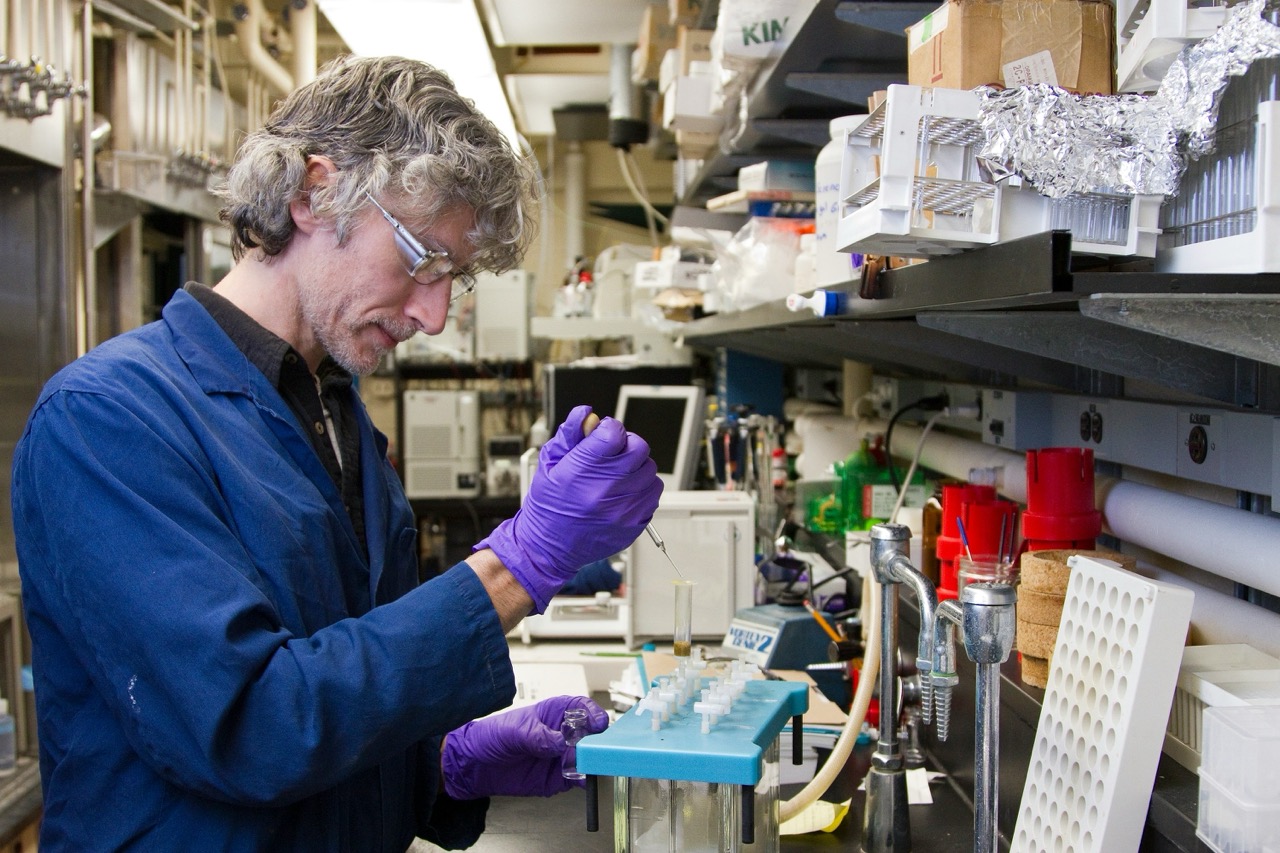Abstinence is often heralded as a primary strategy for preventing sexually transmitted diseases (STDs), but its efficacy and implications within sexual health discourse require careful analysis. While abstinence may seem straightforward, the definitions and assumptions surrounding it are fraught with complexity. This article aims to dissect the multifaceted nature of abstinence, its role in public health strategies, and its comparative effectiveness in preventing STDs, ultimately advocating for a holistic approach to sexual health education.
Understanding Abstinence: Definitions and Misconceptions
Abstinence refers to the voluntary refraining from sexual activity, particularly penetrative intercourse. Misconceptions abound, suggesting that abstinence is synonymous with a lack of sexual knowledge or experience. In reality, many individuals choose abstinence for various reasons—including personal beliefs, cultural norms, or health considerations. Furthermore, the concept of abstinence is often oversimplified; it can encompass different forms, such as total abstinence or partial abstinence, where individuals may engage in non-penetrative sexual activities while avoiding intercourse.
The misconceptions surrounding abstinence also extend to its effectiveness as a preventive measure against STDs. While it is true that refraining from sexual activity eliminates the risk of transmission, public health narratives often fail to address the importance of consent, personal agency, and the varied motivations behind individuals’ choices regarding their sexual behavior. This lack of nuance can undermine the legitimacy of abstinence as a preventive strategy, leading to stigmatization or misunderstanding.
The Role of Abstinence in Public Health Strategies
Public health strategies frequently incorporate abstinence as a key component, particularly in initiatives targeting adolescents. Programs promoting abstinence aim to reduce the incidence of STDs and unintended pregnancies by encouraging young people to delay sexual activity. The rationale is that by promoting abstinence, individuals can avoid the risks associated with sexual behavior, thus improving overall health outcomes.
However, the emphasis on abstinence can sometimes overshadow the importance of comprehensive sexual health education, which includes information about safe practices, consent, and emotional wellbeing. This can create a dichotomy in public health messaging, where abstinence is viewed as the sole pathway to protection, rather than as one element of a broader, more effective strategy that encompasses informed decision-making and responsible sexual behaviors.
Epidemiological Insights: STDs and Sexual Behavior Trends
Recent epidemiological studies reveal significant trends in sexual behavior and STD prevalence among different populations. In many regions, there has been a notable increase in STD rates, particularly among young adults and marginalized communities. Factors contributing to these trends include reduced access to healthcare, decreased use of condoms, and an uptick in casual sexual encounters facilitated by digital platforms.
Understanding these trends is critical for public health officials as they design interventions. Abstinence-only programs may not address the complex realities that individuals face, such as peer pressure and the influence of social media on sexual decision-making. The data suggests that simply promoting abstinence without addressing contextual factors may not result in the desired outcomes in STD prevention.
Abstinence as a Preventative Measure Against STDs
Abstinence, when practiced consistently, is undoubtedly effective in preventing the transmission of STDs. The absence of sexual contact eliminates the risk of exposure to infections, making it the only guaranteed method of prevention. However, this effectiveness is contingent upon the individual’s commitment to maintaining abstinence, which can be influenced by various social and psychological factors.
The challenge lies in the sustainability of abstinence as a long-term strategy. Many individuals, particularly adolescents, may struggle to maintain abstinence in the face of societal pressures, relationship dynamics, and sexual desire. Consequently, while abstinence can serve as a preventative measure, it is essential to consider additional strategies that reinforce individuals’ ability to make informed choices about their sexual health.
Comparative Analysis: Abstinence vs. Other Prevention Methods
When evaluating the effectiveness of abstinence in comparison to other prevention methods, it becomes apparent that a multifaceted approach is necessary. Condoms and barrier methods are scientifically proven to reduce the risk of STDs significantly. They provide a physical barrier that prevents the exchange of bodily fluids, thereby addressing the very mechanism through which many STDs are transmitted.
While abstinence is a valid choice for some, public health initiatives that solely promote abstinence may inadvertently neglect the importance of condom use and other safe sex practices. A comprehensive sexual health strategy that combines abstinence with education on safe practices can empower individuals to make informed choices, ultimately leading to better health outcomes.
Psychological Factors Influencing Abstinence Decisions
The decision to practice abstinence is often influenced by various psychological factors, including individual values, beliefs, and mental health. Cognitive dissonance can arise when individuals experience a gap between their sexual desires and their commitment to abstinence, leading to stress and confusion. This internal conflict may result in inconsistent behaviors, where an individual may pledge to remain abstinent yet engage in sexual activities.
Moreover, societal pressures and expectations can significantly impact one’s decision to abstain from sexual activity. For instance, adolescents may feel compelled to conform to peer norms that valorize sexual exploration, which can challenge their personal convictions and lead to feelings of inadequacy or shame. Understanding these psychological factors is crucial for developing interventions that support individuals in their choices regarding sexual health.
Cultural Perspectives on Abstinence and Sexual Health
Cultural perspectives play a significant role in shaping attitudes towards abstinence and sexual health. In many cultures, abstinence is upheld as a virtue, often associated with religious beliefs or societal expectations. This cultural endorsement can provide a supportive framework for individuals choosing to remain abstinent, fostering a sense of community and shared values.
Conversely, in other cultural contexts, discussions around sexual health may be stigmatized, leading to a lack of open dialogue about abstinence or safe sex practices. Such stigmas can hinder access to necessary information and resources, leaving individuals ill-equipped to make informed decisions about their sexual health. Addressing these cultural barriers is vital in promoting a holistic understanding of abstinence and sexual health.
The Impact of Comprehensive Sex Education on Abstinence
Comprehensive sex education (CSE) has been shown to have a positive impact on individuals’ understanding of abstinence and sexual health. CSE provides education on a range of topics, including anatomy, reproduction, consent, and safe sex practices, which empowers individuals to make informed choices. By integrating discussions about abstinence within a broader curriculum, students can better understand the implications of their sexual decisions.
Research indicates that comprehensive sex education does not promote sexual activity; rather, it equips individuals with the knowledge and skills to navigate their sexual health responsibly. As a result, those who receive CSE are more likely to delay sexual initiation and practice safe sex when they do choose to engage in sexual activities. This underscores the importance of approaching abstinence not as a standalone message but as part of a broader educational framework.
Limitations of Abstinence-Only Education Programs
Abstinence-only education programs often face criticism for their limited scope and effectiveness. These programs typically emphasize abstinence as the only method of preventing STDs and unintended pregnancies, neglecting to provide information about contraception and safe sex practices. This narrow focus can leave individuals ill-prepared to make informed decisions when they do choose to engage in sexual activity.
Furthermore, abstinence-only programs can perpetuate stigma and shame surrounding sexual health, particularly for individuals who choose to engage in sexual activity. By failing to address the realities of human sexuality and the complexities of relationships, these programs can inadvertently alienate young people and undermine their confidence in making safe and responsible choices.
Case Studies: Abstinence in Various Demographic Groups
Case studies examining the impact of abstinence-related programs across various demographic groups reveal significant disparities in outcomes. For example, programs targeting urban youth may yield different results than those aimed at rural populations, reflecting variations in cultural attitudes, access to resources, and social support structures.
Additionally, the effectiveness of abstinence programs can differ based on socioeconomic status, race, and educational background. Tailoring approaches to meet the specific needs of diverse communities fosters more effective interventions and acknowledges the unique challenges faced by different demographic groups. By analyzing these case studies, public health officials can better understand the nuances of abstinence and its role in broader sexual health strategies.
Evaluating the Effectiveness of Abstinence Programs
Evaluating the effectiveness of abstinence programs requires a comprehensive approach that considers both quantitative and qualitative outcomes. Metrics such as STD rates, unintended pregnancy rates, and sexual initiation rates can provide valuable insights into program efficacy. However, qualitative data—such as participant feedback, emotional wellbeing, and personal narratives—can illuminate the broader impacts of these programs on individuals’ lives.
Moreover, longitudinal studies can offer a more in-depth understanding of how abstinence programs influence behavior over time. While short-term outcomes may demonstrate positive results, the long-term sustainability of abstinence as a strategy for sexual health must also be assessed. By employing diverse evaluation methods, public health professionals can refine abstinence programs to better meet the needs of the populations they serve.
Recommendations for Holistic Sexual Health Approaches
To effectively address the complexities of sexual health and STD prevention, a holistic approach is essential. This includes integrating abstinence education with comprehensive sex education that covers safe sex practices, consent, and healthy relationships. By providing young people with a well-rounded understanding of their sexual health options, they are empowered to make informed choices that align with their values and circumstances.
Additionally, fostering open dialogue about sexual health in various cultural contexts can help mitigate stigma and encourage healthy behaviors. Community-based interventions that engage parents, educators, and healthcare providers can further support individuals in navigating their sexual health journeys. Ultimately, a multifaceted strategy that combines abstinence, safe sex education, and open communication can lead to healthier outcomes for individuals and communities alike.
In conclusion, while abstinence remains a critical component of STD prevention, it should not be viewed in isolation. A comprehensive understanding of sexual health that includes abstinence alongside education on safe practices and open communication is necessary for effective public health strategies. By recognizing the complexities surrounding abstinence and fostering an inclusive dialogue about sexual health, we can empower individuals to make informed choices and ultimately reduce the prevalence of STDs and unintended pregnancies. The future of sexual health education lies in embracing a multifaceted, holistic approach that respects individual choices while promoting overall wellbeing.










